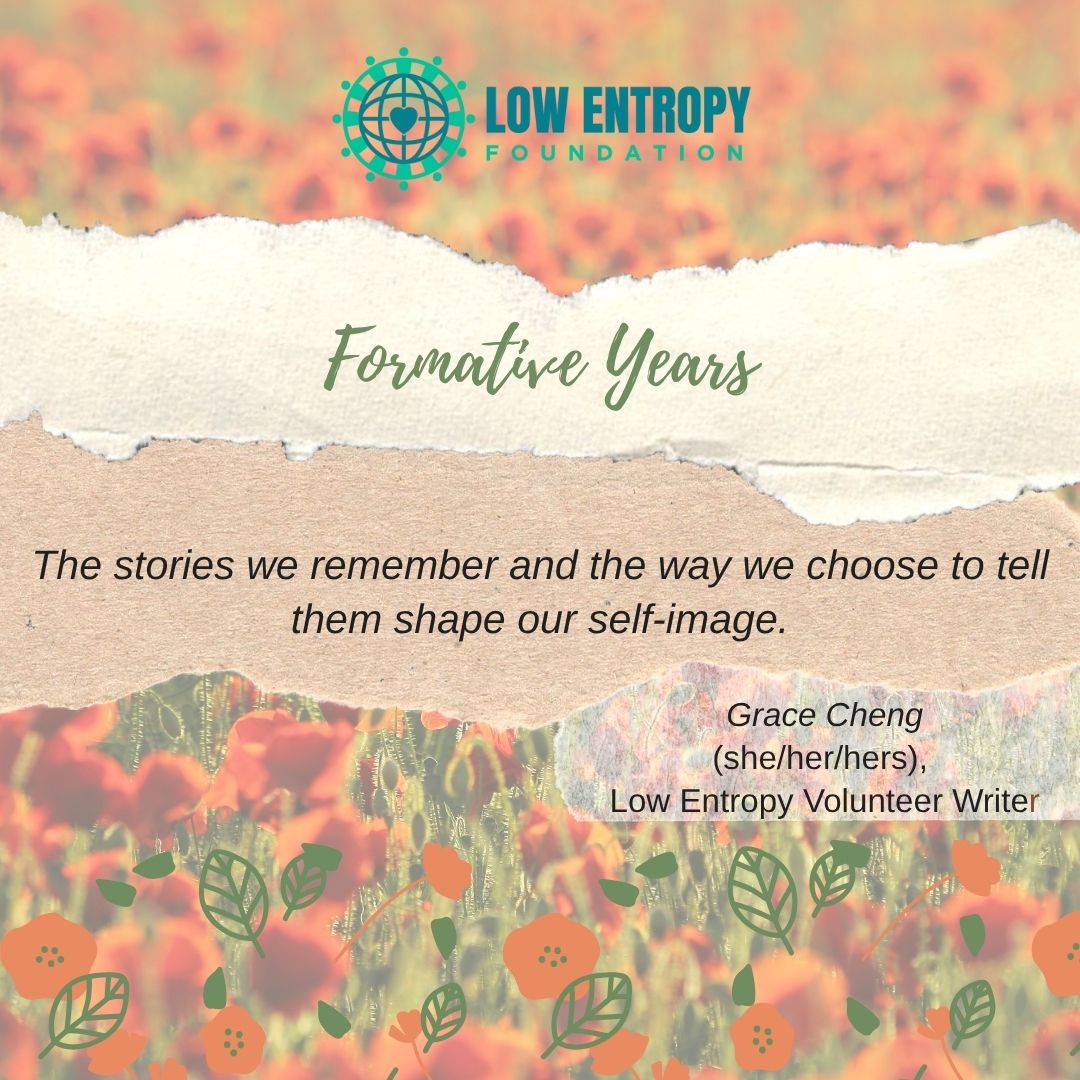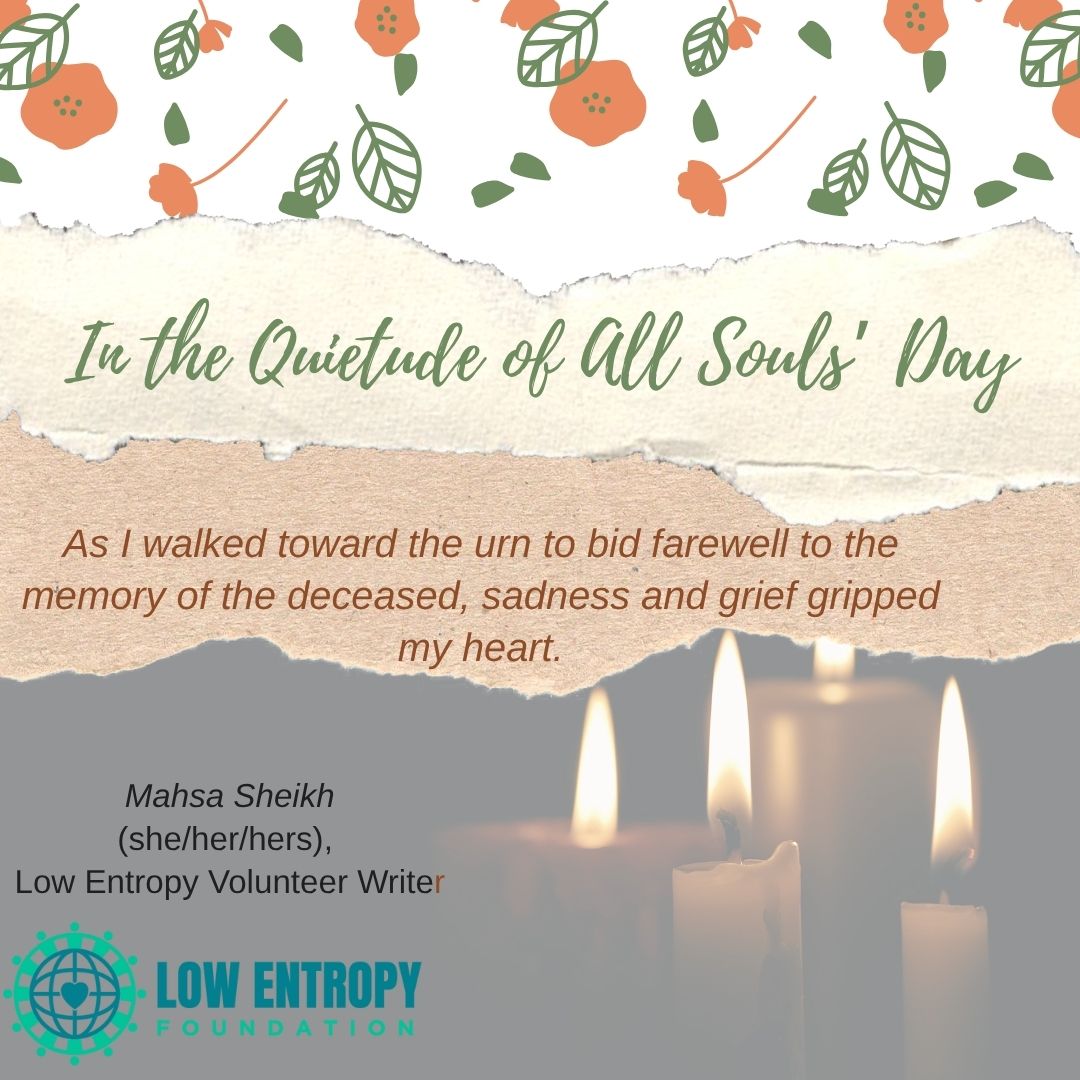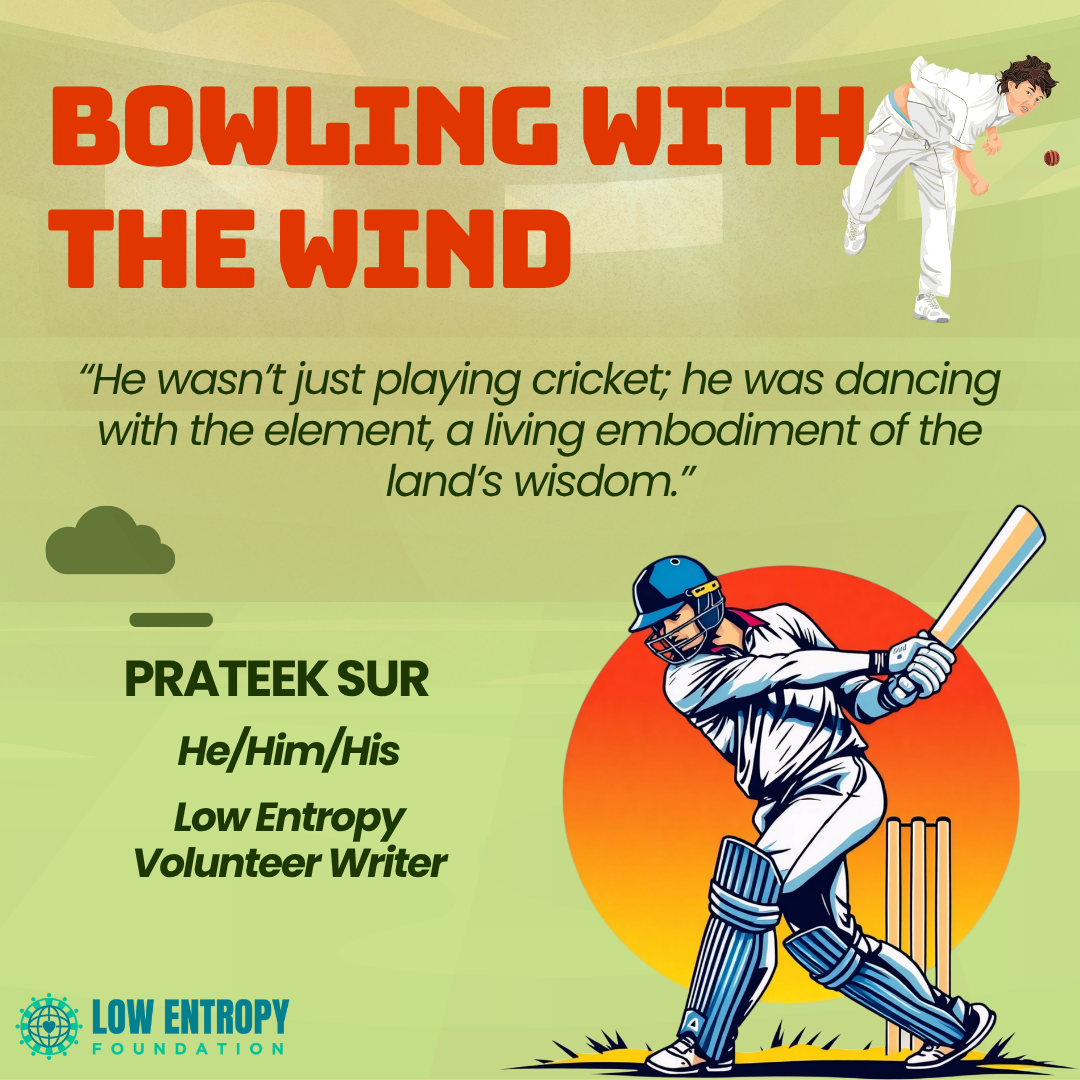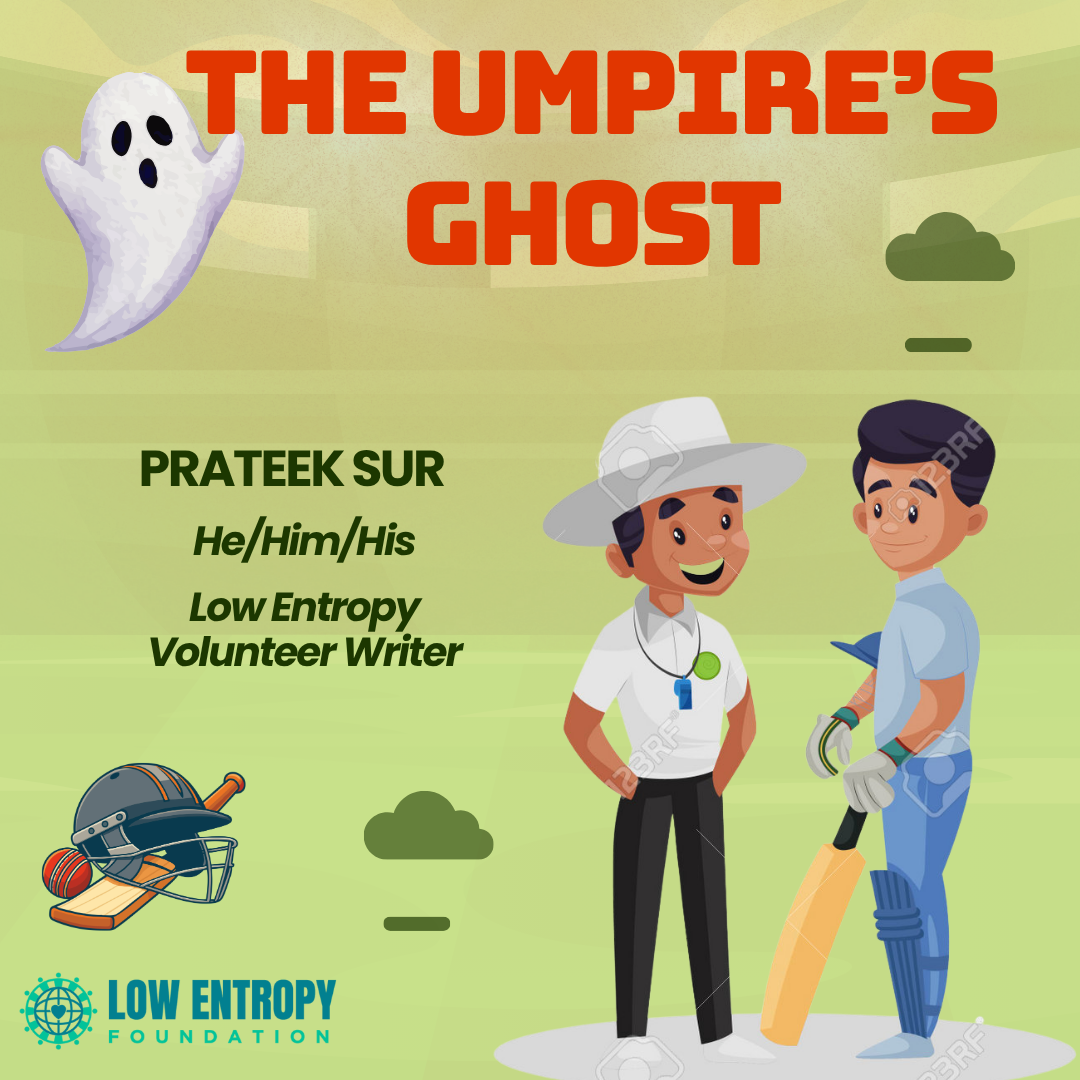Katy Tempel (she/her/hers), Low Entropy Volunteer Writer
What is memory? Is it the capacity to memorize and store experiences like a Polaroid taking a picture? Or is it more interpretive, considering the social, emotional and psychological contexts related to the observer?
It seems there is no exact definition of memory, as even from a quick Google search, you can find 24 synonym verbs for “remember” and 21 synonym nouns for “memory,” including all of the different meanings. However, memory, as defined by the psychological discipline, is how it is primarily understood and communicated when referring to the concept. According to Squire (2009), memory is “the process of encoding, storing, and retrieving information.” It can also be separated into various types, including short-term and long-term, based on how frequently the individual uses it (Zlotnik & Vansintjan, 2019). Ultimately, they all point to the same thing: a thing that processes the world around it and then stores this information that makes up who we are, that makes up our personality based on our experiences. After reviewing the many meanings that memory can hold, the definition based on processing seems to be the most popular. And if processing is ultimately what memory is, then what if it can be replicated, specifically by using machines? This is a theory proposed by Ray Kurzweil in his book, How to Create a Mind (2013).
The use of artificial intelligence (AI) is increasing, from ChatGPT to Apple’s Siri, and AI has been infiltrating the ways in which we communicate with one another, as well as retrieving a multitude of information for us. But do we actually know how AI works, and what can this tell us about the brain?
Kurzweil (2013) explains the concept of encoding memories into the brain as equivalent to recognizing patterns, that each part of a memory is encoded separately. This includes accounting for the separate pieces of contextual information that come with the processing of input from each of the five senses of a human being: sight, hearing, taste, touch and smell. All of these inputs are processed in layers from the most basic to the most complex aspect. For example, a person remembering a memory of listening to a song would first begin with remembering the specific sound or beat, then the melody, then the song. Of course, these happen so rapidly that you don’t realize you are remembering the most basic parts first, before the entire memory.
Apparently, the same process happens for AI. While AI is not yet as advanced in processing smells, it can still process information by using the building blocks of the one area in which AI has expertise: language. Kurzweil (2013) continues to explain that AI can build the “memory” for language by starting with the basics first, such as the formation of a letter. For example, with the letter A, AI would process both the slants that make up the letter A first, before processing the letter, then a word including A, like Apple, then understanding the sentence, paragraph and so on. Next, analysis can occur based on the particular AI software, where AI is not simply tasked with recognition, but acknowledgement of what it has processed, as well as providing a response. As if you ask ChatGPT a question, it does not simply respond back to you, telling you that it understands what you said, with no elaboration. It takes into account the question and does the same processing of layers, only with grammar and syntax, as well as searching all available information on how to best respond, considering the information you provided.
Overall, even with the possibility of replicating the seemingly elementary levels of processing present in our brain, one thing that AI can’t yet seem to replicate is a personality. What are we, if not our memories? Interweaving all life experiences creates our sense of self, allowing us to learn from the past, understand the present and move on to the future. This includes our understanding of mental health. And no, not according to the dictionary definition, but based on our own personal struggles and the growth that comes from conquering them.
Considering this, the eerily relevant question arises: will AI ever seek to not only replace us with basic tasks, but with creating rich tapestries of history, culture and relationships that form the building blocks of our lives, the very meaning of that which makes us human?
References (in APA format):
Kurzweil, R. (2013). How to Create a Mind: The Secret of Human Thought Revealed. Gerald Duckworth & Co Ltd.
Squire, L. R. (2009). Memory and brain systems: 1969-2009. Journal of Neuroscience, 29(41), 12711–12716. https://doi.org/10.1523/jneurosci.3575-09.2009
Zlotnik, G., & Vansintjan, A. (2019). Memory: An extended definition. Frontiers in Psychology, 10(2523), 1664–1078. https://doi.org/10.3389/fpsyg.2019.02523
—Katy Tempel is a Canadian undergraduate student writer. She has written poems on topics of philosophy, romance and self-discovery. Her poems are featured in 300 Days of Sun, Hive Avenue Literary Journal and poetry anthologies published by Wingless Dreamer and on Whynot.org. She has also self-published two children’s books. When not thinking about existentialism, she loves to walk her dog Bella, hang out with her friends and family and read thriller novels. She lives in British Columbia.







